Top Tips on Fixing "Duplicate Without User-Selected Canonical" in Search Console
Site Audit Issues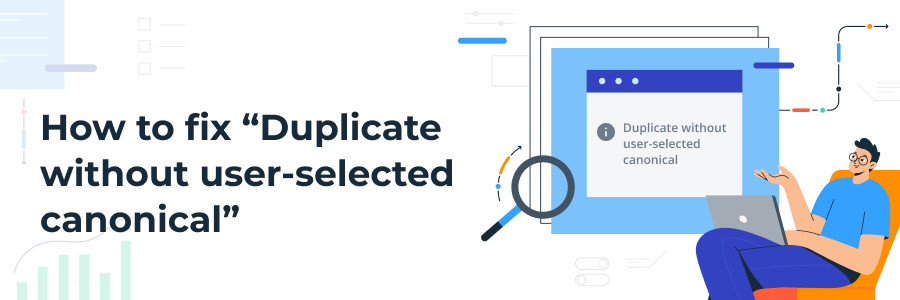
Content:
- What is the “Duplicate Without User-Selected Canonical” Error?
- What is the “Duplicate Without User-Selected Canonical” Error?
- What Might Cause the “Duplicate Without User-Selected Canonical” Error?
- Top Tips to Fix “Duplicate without user-selected canonical”
- How You Can Fix “Duplicate Without User-Selected Canonical” in With Netpeak Spider
- Bottom Line
What is the “Duplicate Without User-Selected Canonical” Error?
Google Search Console detects various site-related issues. The "duplicate without user-selected canonical" is one of them. In this post, we'll cover the main reasons that cause this error and how you can quickly solve it. We'll also show how you can detect this issue via Netpeak Spider and avoid it in the future.
What is the “What is the “Duplicate Without User-Selected Canonical” Error?
“Duplicate without user-selected canonical” is a URL status you may stumble on while analyzing a link in Google Search Console. This status indicated that Google didn’t index a specific page because it was a duplicate of a different one. As a result, none of these pages was identified as the canonical one.
What Might Cause the “Duplicate Without User-Selected Canonical” Error?
Two main reasons can cause the canonical error in Google Search Console: duplicate content or canonical tag usage. Below, you'll find out more about each one of them.
Content duplication
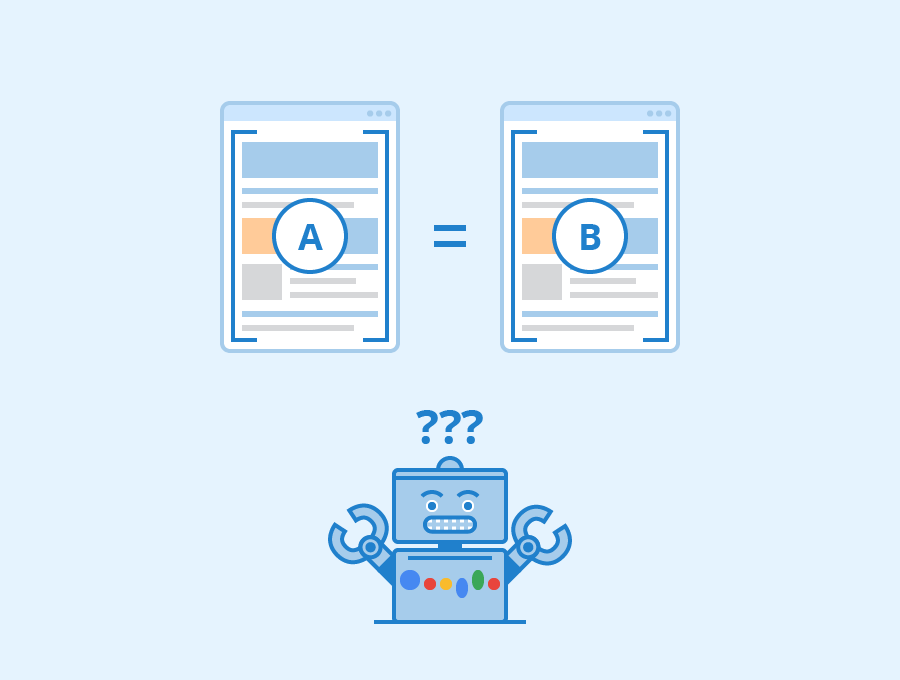
Content duplication means that two or more links contain similar or identical content. The main causes for this might be the CMS or server issues. However, you can also face this problem if only some of your pages are unique and differ from each other.
So, if your website contains duplicate content, Google avoids indexing it to save resources. Hence, the search engine chooses to index just one of many similar options. And, to control which duplicate page Google will index, you'll have to add the canonical tag to a desired one.
Canonical tag usage
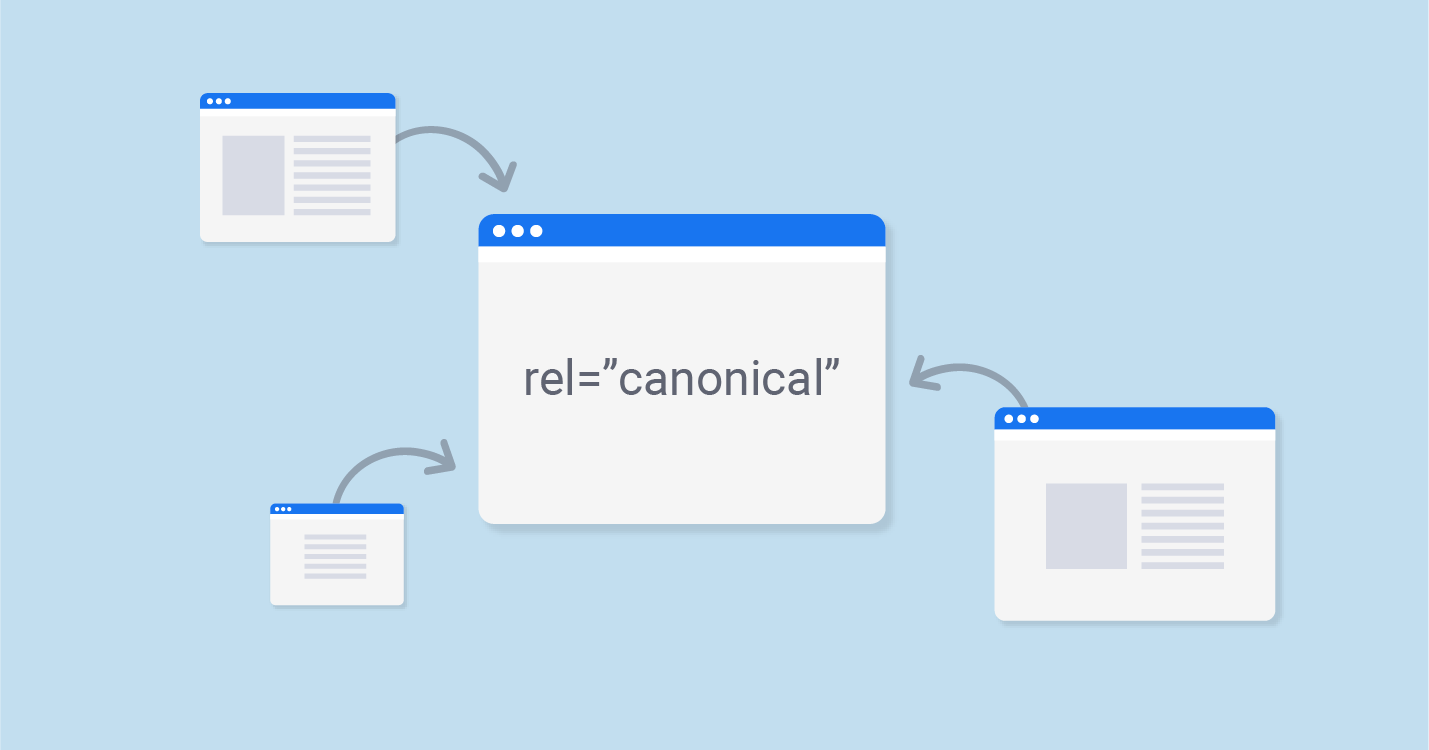
A canonical tag is an HTTP header or an HTML element used in cases where your website contains duplicate content. Such tags help Google see the canonical version of the duplicate content. As a result, you'll most likely get Google to index that very version.
If you see the “Duplicate without user selected canonical” status in the page indexing report, you possibly didn’t add the canonical tag to a number of pages. In this scenario, Google will randomly choose which page to index.
“Duplicate without user-selected canonical” in Google Search Console
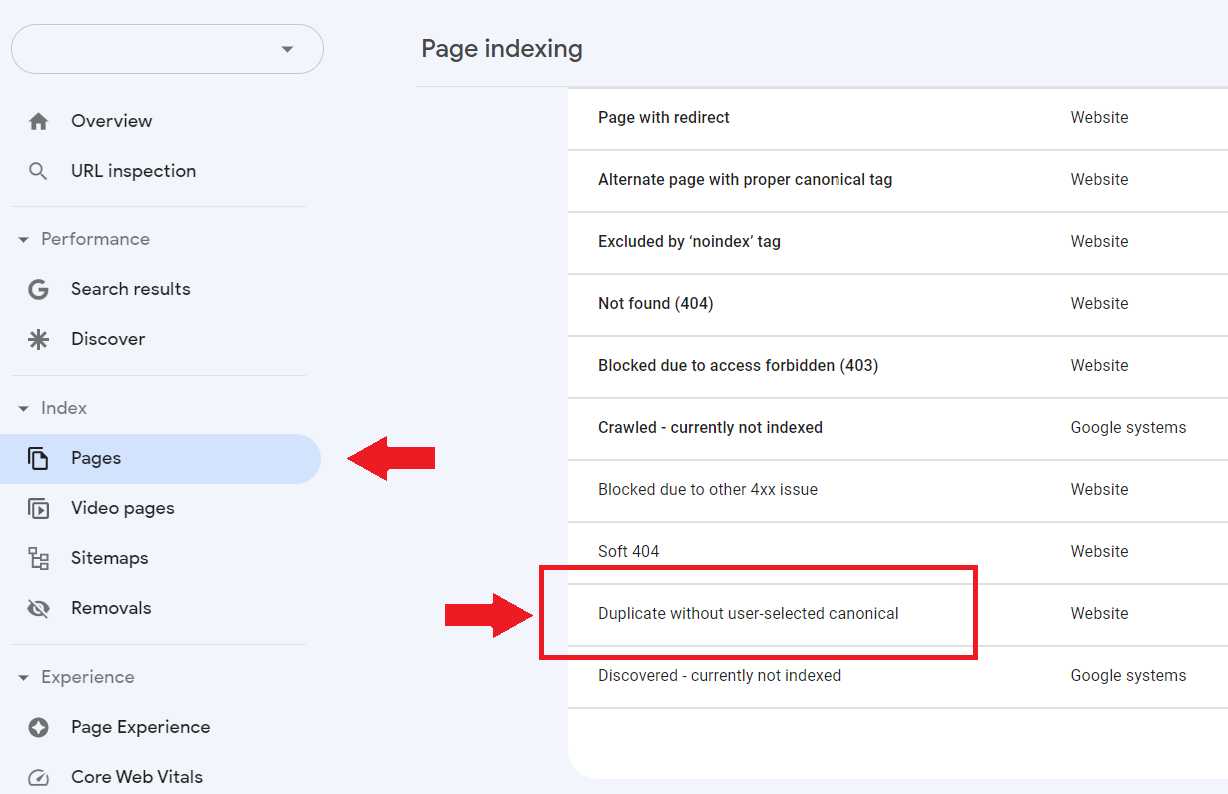
You can find out what pages contain the canonical issue in Google Search Console by accessing the Pages section in the Page Indexing report. Scroll down until you see the status among the rest of the parameters. You can also expand the report to see how the number of non-indexed pages has changed over a given period.
Top Tips to Fix “Duplicate without user-selected canonical”
Now that you know why a page is not indexed duplicate without user-selected canonical, let's review the main recommendations for fixing this status.
Use the canonical tags
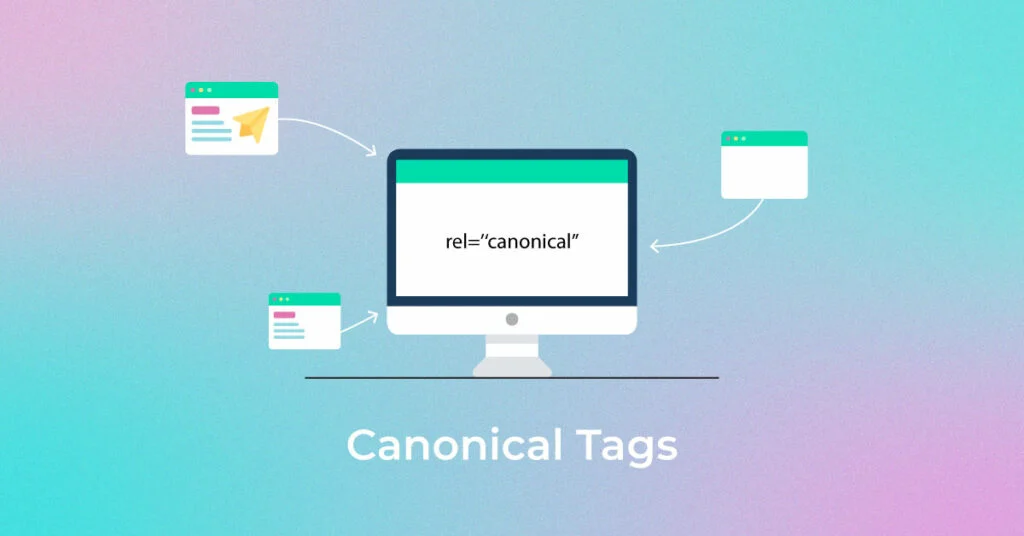
Using canonical tags is the easiest way to show Google which duplicate pages it has to index. If your website does contain duplicate content, add a canonical tag to a preferred page only. You should also use a self-referring canonical tag on that URL. If you want Google to index several duplicate pages separately, self-referring canonicals pointing to themselves will help.
Provide additional signals for respecting canonical tags
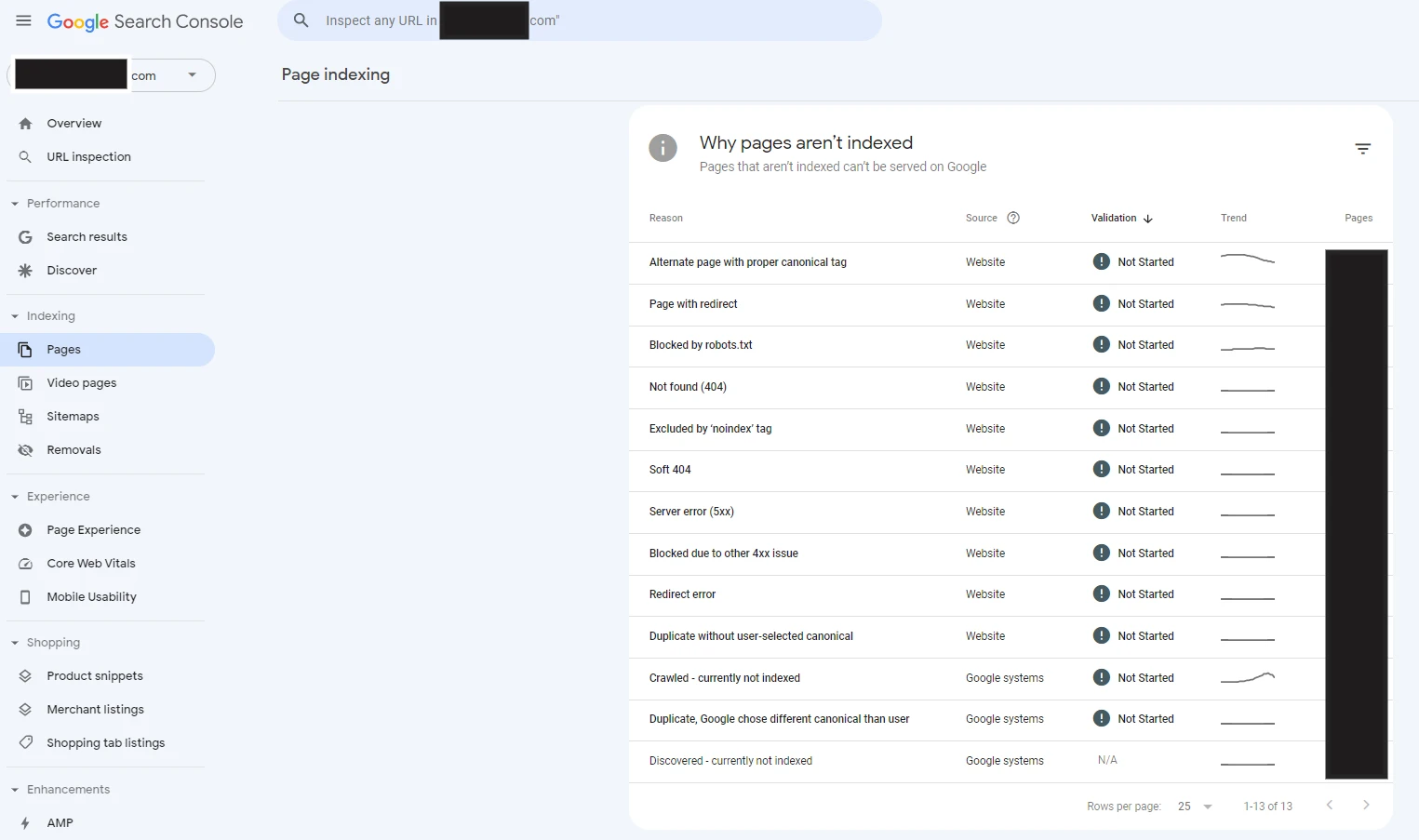
Remember that canonical tags are just a hint for Google to define which page to index. However, you can increase the chances of indexing a desired page with the help of additional signals. These include:
- Canonical link elements
- Duplicates
- Sitemap URLs
- Internal and external links
- Pages over PDFs
- Redirects
- PageRank
- HTTPS pages over HTTP
- Shorter URLs over longer URLs
- Where content was first published or seen
- History of scraped content, etc.
Google detects these signals and evaluates them to define what the canonical version should be and, eventually, which one to index.
Use self-referring canonical tags
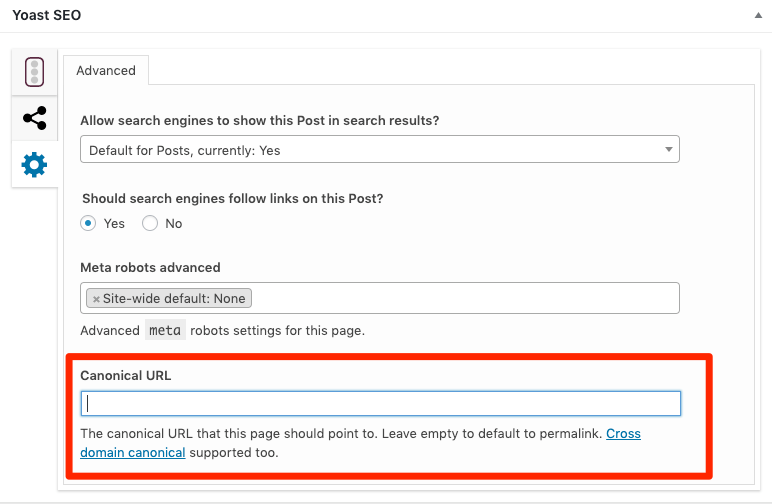
One of the best practices that help you fix duplicate pages without canonical is adding self-referencing canonical tags, which point Google to themselves. This will make sure that the search engine won't separately index each of the page's duplicates but only the ones you choose.
Check a website for other potential duplicate versions of the page
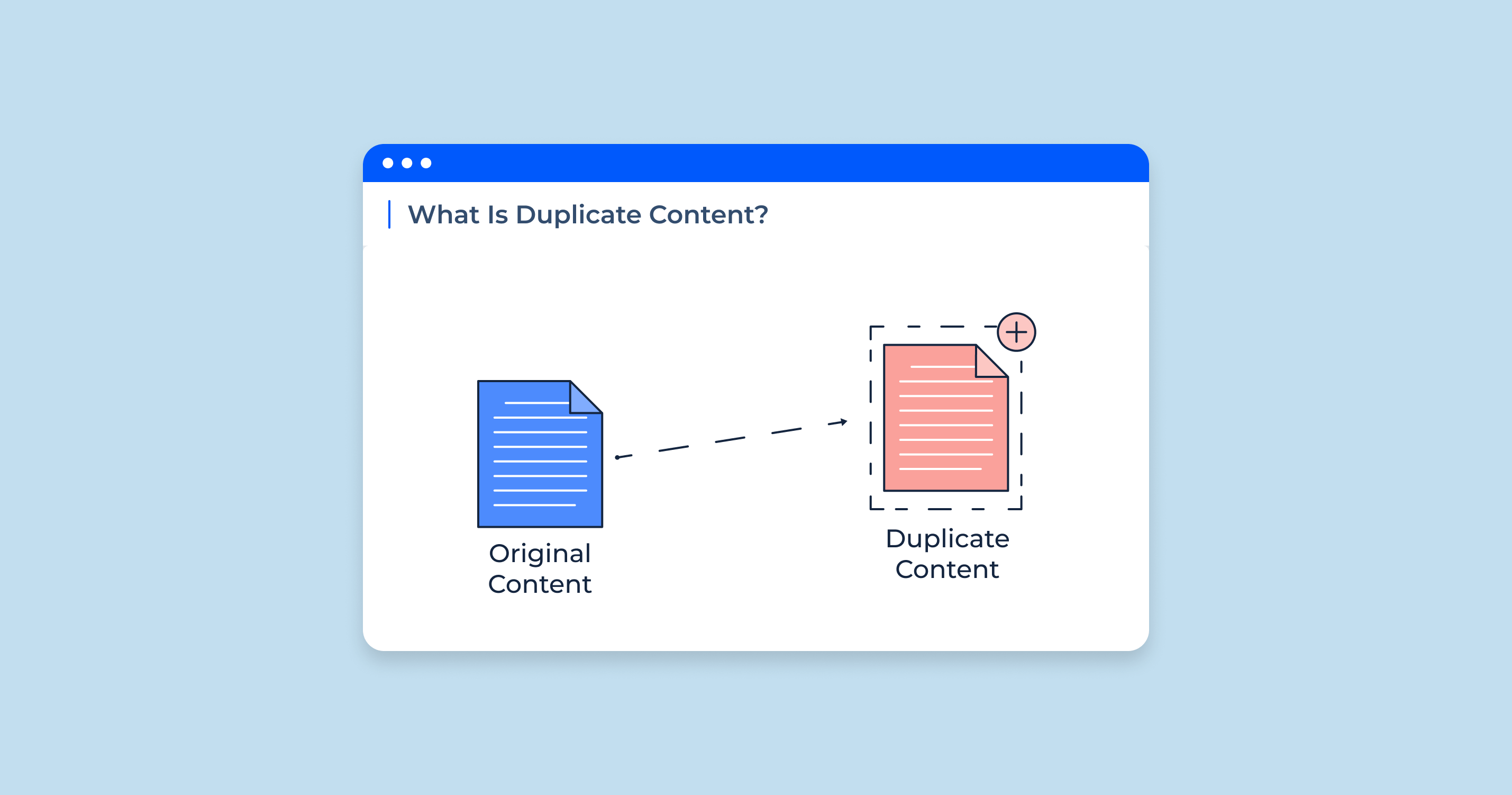
Sometimes, the most effective way of fixing canonicalization errors is removing duplicate content from your website.
For example, you can remove duplicate pages and return the 410 status code (Gone) if those pages aren't the main ones you want to rank in search results.
Another option might be enriching the duplicated pages — this will help Google define them as unique. To do so, you can add more original content and change title tags, meta descriptions, or headings. Finally, add a self-referencing canonical to those pages, and you're good to go.
How You Can Fix “Duplicate Without User-Selected Canonical” in With Netpeak Spider
Netpeak Spider is a universal website crawling tool that focuses on detecting any kind of errors or issues your website might face. This powerful app analyzes the website and all target URLs and helps define over 100 known issues, including the “Duplicate without user selected canonical.”
Thanks to its ability to integrate and retrieve data from Google Analytics and Search Console, you can keep track of canonicalization errors and other on-page issues in real-time. This is a crucial tool for SEO and marketing specialists as it helps them see the most significant problems with your website and provides helpful solutions. Running audits with Netpeak Spider will provide in-depth results, well-structured reports, and a better understanding of what needs improvement. Use this tool to re-think your optimization strategy and rank your pages higher in search results.
Bottom Line
Duplicate pages without canonical are a widespread issue many website owners stumble upon. Yet, it's easily treatable. Diversifying your pages' content and using canonical tags with additional signals will help you avoid seeing this status in the Google Search Console in the future.
To help you quickly detect and react to this error, try Netpeak Spider. It's a website crawler that enables integration with Google Analytics and Search Console, meaning you can retrieve all the necessary data from these services and analyze your website's content and SEO quality in a few minutes. So, why wait if you can start boosting your optimization metrics and reach higher rankings right away?
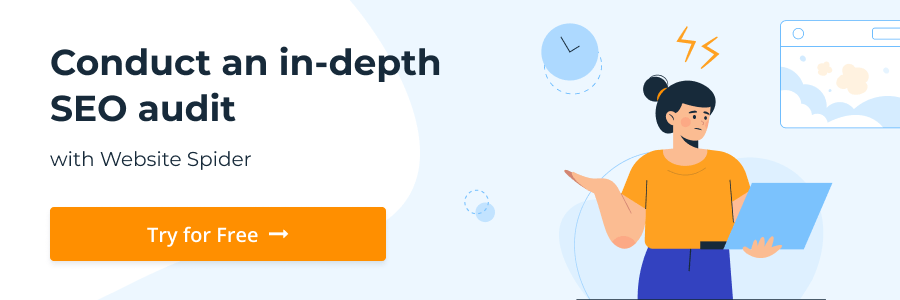
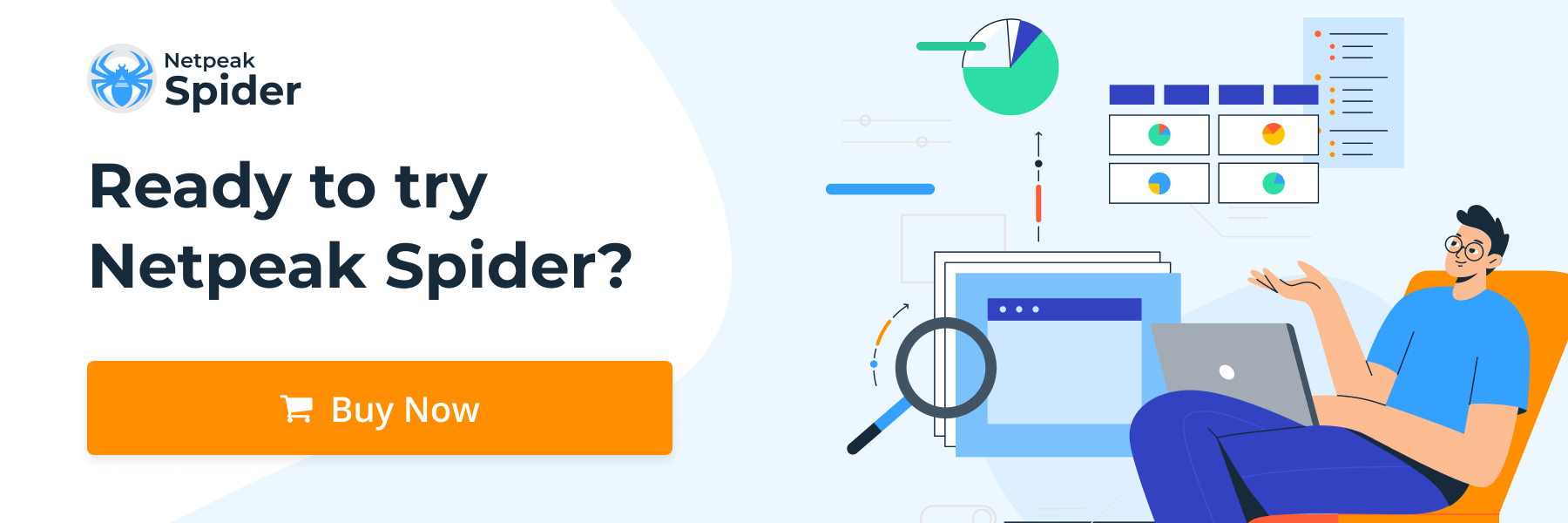

.png)
